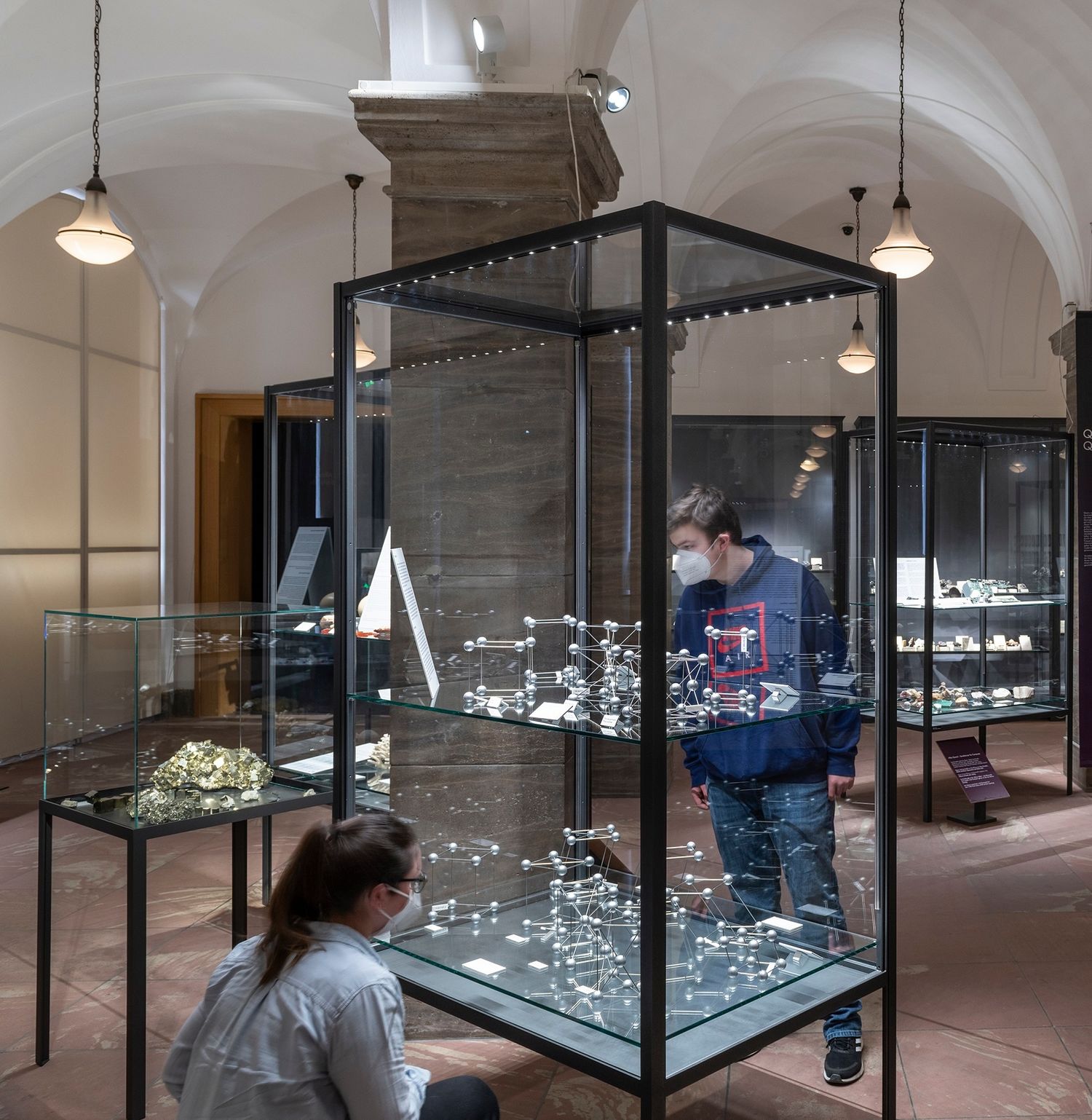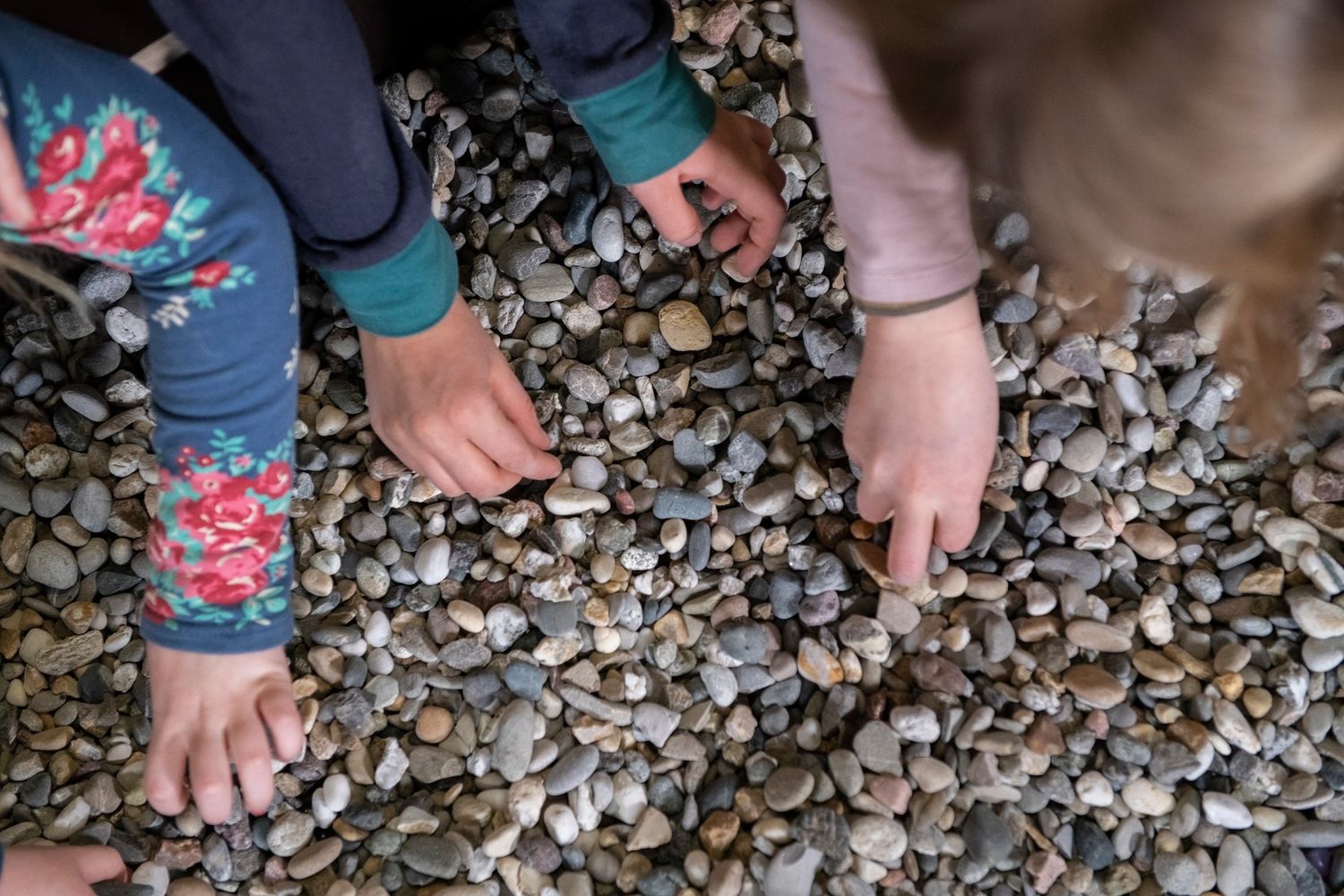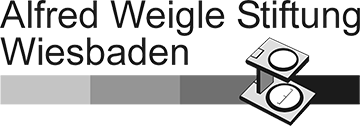23 Apr 21 — 13 Mar 22
Cave of crystals in Naica. Foto: Alexander Van Driessche, CC-BY-3.0
with Dr. Andreas Henning, Director and Fritz Geller-Grimm, Curator of the exhibition and Head of the Natural History Collections.
(in German)
Our world is made of minerals and most of them are millions of years old. Even living organisms cannot exist without them. While some are unique to one place on earth, others can be found almost anywhere. In this exhibition, children and adults can explore the world of minerals by seeing, touching, and conducting experiments — with a good deal of help, along the way, from chemistry, physics, and mathematics. Numerous examples illustrate the multiplicity of shapes and colours that emerge from the crucibles, ovens, gas cylinders, and pressure chambers of the earth’s crust. Along with the midgets of the crystal world, the exhibition also presents the story of the behemoths of all crystals, the largest so far known to humankind, and how they were discovered in Mexico.
The exhibition "Crystals. From Diamond to Gypsum" is dedicated to the topic of crystals until March 13, 2022 and presents approximately 1000 examples of the forms and richness of colors of minerals from our own collection and other special pieces from Mainz and Marburg.
"With this exhibition, we would like to bring our extensive mineral collection back into awareness. It is a remarkable treasure of the museum, which we would like to present permanently again in the future" explains museum director Dr. Andreas Henning.
"The exhibition offers a lot of hands-on stations for the visitors, it inspires enthusiasm for the STEM subjects and natural sciences. With this concept, we were also able to convince Minister Angela Dorn and she has thankfully taken over the patronage for the exhibition."




Numerous hands-on stations invite visitors to take active action and conduct independent research.
Property tables
The characteristic properties of minerals can be explored at ten stations. Hardness, luster, line color, magnetic response or electrical conductivity — characteristics that are important in determining minerals.
Large models of crystal shapes
Ten oversized crystal models - from cubes to octahedra — provide an insight into the diversity of crystal forms. Measuring tapes, protractors and — for researchers aged 10 and over — "brainteasers" are available.
Gemstone treasure hunt
Hidden among pebbles, gemstones can be discovered in a large basin, identified with the help of picture boards and taken home as souvenirs. An exciting search - not only for the very young visitors.
Fluorescent minerals
A mineral that is inconspicuous in daylight, but glows in color under UV light — this special property of fluorescent minerals can be investigated for yourself at the touch of a button.
Game table for crystal building
At the game table, simple basic shapes (polydrons) such as triangles, quadrilaterals, pentagons or hexagons can be used to build geometric bodies. In this way, fantasy shapes such as cubes, tetrahedrons or icosahedrons can be created.
Children's texts and quiz
Children's texts accompany them throughout the exhibition and provide tips for solving a small quiz. Designed for independent exploration for children 8 years and older, both are suitable for younger children with support.
Puzzle wall
16 questions, whose 16 answers are hidden in small showcases behind doors, make for a puzzling start around the topic of crystals.
Interactive periodic table of the elements
An interactive touchscreen wall lets visitors explore the periodic table of the elements, including basic information, uses, discoverers and other interesting facts about all the elements known to date.
Microscopy stations and 3D photo wall
The variety of shapes of sand and minerals can be viewed at three microscopy stations on real specimens as well as on the 3D photo wall.
Interactive volcano model
At the model of a volcano, visitors can take a look inside the volcano with magma chamber and lava flow.
Action table
At the action table, people paint, cut, fold and glue. Different crystal shapes are created from cardboard, which can be taken home as a souvenir.
Touch and feel box
Hidden from sight, seven objects challenge the sense of touch.
Atom model for maximum atom packing
Rotating relief globe with diamond deposits
two puzzle stations





Hier finden Sie das Begleitprogramm zur Ausstellung, sobald es im Veranstaltungskalender veröffentlich wurde.

Crystals
From diamond to gypsum
Published by: Museum Wiesbaden
128 pages with many color illustrations
ISBN 978-3-89258-135-2
12,— Euro (in the museum store)


